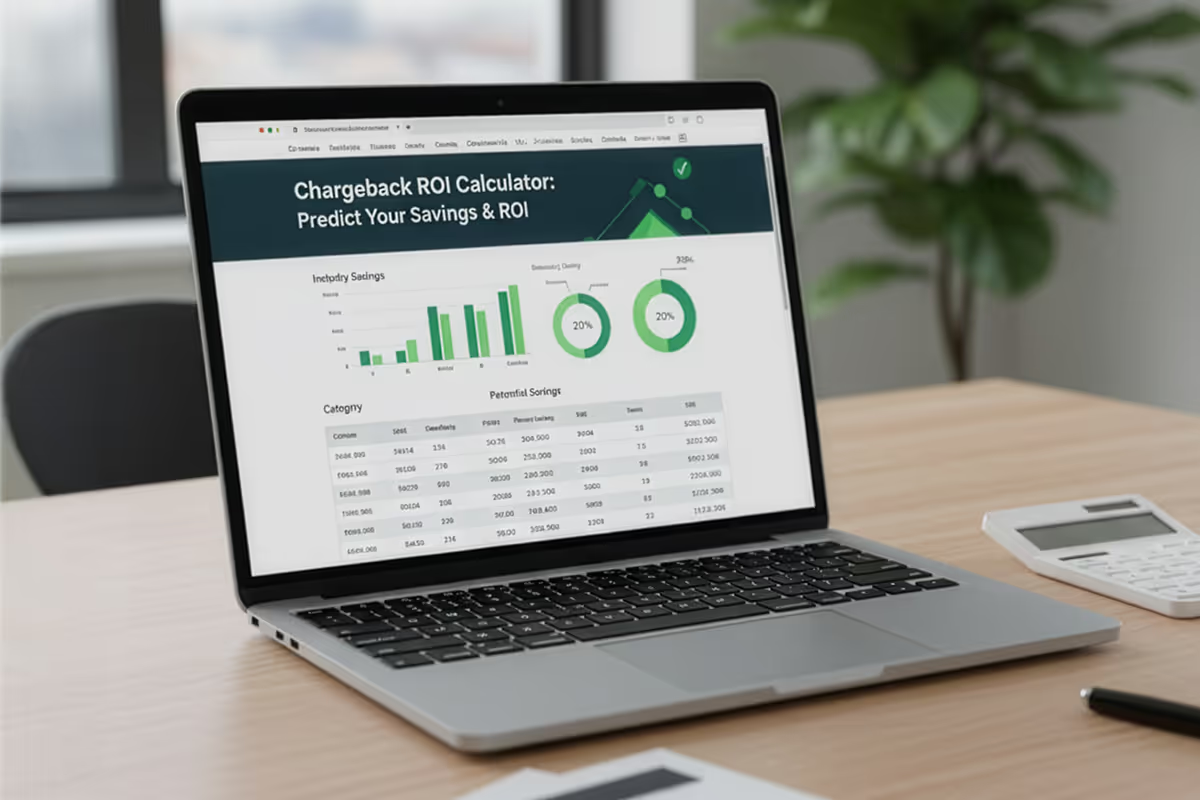
Starting an Amazon FBA business is an exciting venture for entrepreneurs entering e-commerce.
With over 9.7 million Amazon sellers worldwide and 66% of them using FBA, understanding the platform’s rules is key to getting started quickly.
One of the first hurdles new sellers face is knowing which products they can sell without going through time-consuming approval processes.
If you’re wondering what you can sell on Amazon FBA without approval, this guide will walk you through the best product options to start selling immediately after setting up your seller account.
Popular Products You Can Sell on Amazon FBA Without Approval
When starting on Amazon FBA, focusing on unrestricted categories allows you to launch your business quickly without waiting for approval.
These open categories provide immediate access to millions of customers while you build your seller metrics and gain experience on the platform.
Here are the main unrestricted categories where you can start selling without special permission:
Home & Kitchen
The Home & Kitchen category is one of the largest on Amazon and doesn't require approval for most items. This category includes:
- Kitchen gadgets and utensils
- Home décor items
- Bedding and bath products
- Storage and organization solutions
- Small appliances
This category is particularly attractive for new sellers because of its size and the relatively straightforward product sourcing options.
Many successful private label sellers start in this category due to the wide range of product opportunities and consistent consumer demand.
Sports & Outdoors
The Sports & Outdoors category offers excellent opportunities for sellers interested in fitness, outdoor recreation, and sporting goods:
- Fitness accessories
- Camping equipment
- Sports training gear
- Recreational products
- Team sports equipment
Products in this category often have good profit margins and can be sourced from various manufacturers. Many items are lightweight and easy to ship, making them ideal for FBA beginners.
Toys & Games
While toys have some seasonal restrictions during the holiday period, most of the year, this category is open to new sellers:
- Board games
- Educational toys
- Puzzles
- Hobby items
- Outdoor play equipment
Pro tip: While toys are generally unrestricted, Amazon does implement a "holiday selling restriction" from approximately October to December each year. New sellers should plan to establish their account several months before the holiday season to potentially qualify for selling during this high-demand period.
Office Products
Office supplies represent a steady, year-round market that new sellers can enter without approval:
- Writing instruments
- Desk accessories
- Organizational supplies
- Basic office equipment
- Paper products
These items typically have predictable demand and can be a reliable starting point for new Amazon sellers looking to establish consistent sales.

Pet Supplies
The pet industry continues to grow year after year, making this unrestricted category attractive for new sellers:
- Pet toys
- Feeding supplies
- Grooming accessories
- Beds and furniture
- Training tools
Pet owners are known for their willingness to spend on their furry companions, creating opportunities for sellers to develop loyal customer bases.
For those interested in private labeling, custom pet products offer an excellent entry point with relatively low competition in certain niches.
More than 60% of new Amazon sellers start in unrestricted categories, and for good reason. These product areas let you list and sell fast without jumping through approval hoops.
Here’s a quick breakdown of five beginner-friendly categories, what sells well in each, and what to watch out for:
Strategies for Success with Unrestricted Products
Selling unrestricted products gives you more flexibility, but a smart strategy still matters. Here’s how to make the most of that advantage.
Market Research for Unrestricted Categories
Before selecting products to sell, thorough market research is essential, especially when limited to unrestricted categories:
- Analyze competition levels - Look for products with demand but without overwhelming competition from established sellers.
- Check sales volumes - Use tools like Jungle Scout, Helium 10, or AMZScout to estimate monthly sales.
- Evaluate price points - Focus on products in the $15-50 range, which typically offer better profit margins after fees.
Research helps identify profitable opportunities while avoiding overcrowded markets where competing would be difficult without an established seller history.
Product Selection Criteria for New Sellers
When selecting products in unrestricted categories, consider these important factors:
Size and Weight Considerations
Smaller, lighter items are generally better for new FBA sellers because:
- Lower shipping costs to Amazon's fulfillment centers
- Reduced FBA storage fees
- Lower fulfillment fees per unit
- Easier handling and less risk of damage
Items that can fit in a shoebox and weigh less than two pounds are often ideal starting points for new sellers.
Sourcing Options Without Approval
For new sellers looking to source products in unrestricted categories, several options exist:
- Private labeling - Work with manufacturers to create your branded version of existing products. This approach offers better margins and brand control. For those interested in this route, start an Amazon FBA business with little money, with careful planning.
- Wholesale - Purchase products in bulk from distributors to sell on Amazon. This method requires less customization but also typically offers lower margins.
- Retail arbitrage - Buy discounted products from retail stores to resell on Amazon. This requires minimal startup capital but can be time-intensive.

Profitability Analysis
Before committing to any product, calculate all costs involved:
- Product cost
- Shipping to Amazon
- FBA fees
- PPC advertising budget
- Returns allowance
- Packaging costs
Aim for a minimum 30% profit margin after all fees to ensure your business remains viable as you scale. Many new sellers underestimate Amazon's fee structure, which can quickly erode profits if not properly accounted for.
Avoiding Restricted Products and Common Pitfalls
Restricted products can derail your progress fast. Here's how to steer clear of them, and avoid other costly mistakes along the way.
How to Identify Potentially Restricted Items
While many categories are open, specific products within those categories may still be restricted. Here's how to check if a product requires approval:
- Log in to your Seller Central account
- Go to "Add a Product" in the Inventory section
- Search for the product you want to sell
- If the product requires approval, you'll see a "Listing Limitations Apply" message
Always perform this check before purchasing inventory to avoid being stuck with products you can't sell.
Common Mistakes New Sellers Make with Product Selection
Avoid these frequent errors that new Amazon sellers make when choosing their first products:
- Selecting saturated products - Items with hundreds of similar listings and dominated by established brands are difficult to break into.
- Ignoring seasonality - Some products sell well only during certain times of the year, creating cash flow challenges.
- Choosing brand-name products without approval - Selling branded items often requires permission from the brand owner or distributor.
- Overlooking intellectual property issues - Products that resemble major brands too closely can result in listing removal and account problems.

Building Your Business to Access Restricted Categories
Gaining access to restricted categories takes time, but it’s worth it. Here’s how to build your business the right way to get there.
Establishing Seller Metrics for Future Category Approvals
While starting with unrestricted categories, work on building stellar seller metrics to qualify for restricted categories later:
- Maintain an order defect rate below 1%
- Keep your late shipment rate under 4%
- Aim for a pre-fulfillment cancel rate below 2.5%
- Respond to all customer messages within 24 hours
Strong performance metrics not only improve your chances of category approval but also help your listings rank better in Amazon's search results.
Transition Strategy from Unrestricted to Restricted Categories
Once you've established a solid seller history (typically 3-6 months of consistent sales), consider expanding into more profitable restricted categories:
- Research requirements for your target restricted category
- Prepare necessary documentation (invoices, certifications, etc.)
- Apply through Seller Central's category approval process
- Be prepared to provide additional information if requested
Many successful Amazon businesses start with unrestricted categories and gradually expand their product lines as they gain experience and approval for additional categories.
Scaling Your Business Beyond Initial Products
As your FBA business grows, consider these strategies for expansion:
- Product line extensions - Add complementary products to your existing offerings
- Cross-category exploration - Apply successful strategies from your initial category to new categories
- Consider fulfillment solutions - As you scale, exploring dedicated fulfillment partners can help maintain service quality while reducing costs.
- Develop your brand - Register your trademark and consider joining Amazon's Brand Registry program.
Timing Your FBA Launch for Seasonal Edge
Many Amazon FBA sellers miss out by not timing their launches based on seasonal trends. Use tools like Google Trends or Helium 10 to spot demand 2–3 months early, such as listing home organization items in November to ride the post-holiday decluttering wave.
This strategic foresight helps your products show up just as buyers start searching. It also gives you a valuable head start on rankings.
Plan your listings 30–45 days before major events like Prime Day or Black Friday. Early listings gain reviews and relevance before traffic peaks.
This method lets new sellers stand out—even against experienced sellers who launch too close to the event. Perfect timing can make the difference between an average product and a bestseller.
Make Your First FBA Move, No More Overthinking
Starting an Amazon FBA business with unrestricted products offers a simple entry into one of the world’s largest marketplaces. Categories like Home & Kitchen, Sports & Outdoors, Office Products, and Pet Supplies let you launch without waiting for approval.
Success begins with smart product selection. Research thoroughly, target manageable competition, and ensure your margins cover Amazon fees. As your reputation grows, you’ll unlock access to more exclusive categories.
Don’t wait for perfect conditions. Begin today by researching products, calculating costs, and taking your first steps toward building a profitable Amazon FBA business.
The information provided in this article is meant for general informational purposes only and should not be considered as professional or legal advice. We do not guarantee the completeness, accuracy, reliability, or suitability of the information in this article. We strongly recommend seeking professional guidance that suits your individual circumstances.
FAQ
Related blogs
.avif)
Price Elasticity Of Demand Calculator: Predict Revenue Impact in Seconds
.avif)
High-Low Method Calculator: Discover Your True Fixed and Variable Costs
.avif)
Dynamic Pricing Calculator: Optimize Margins and Sell Smarter With Every Click


